Members save 10% or more on over 100,000 hotels worldwide when you’re signed in
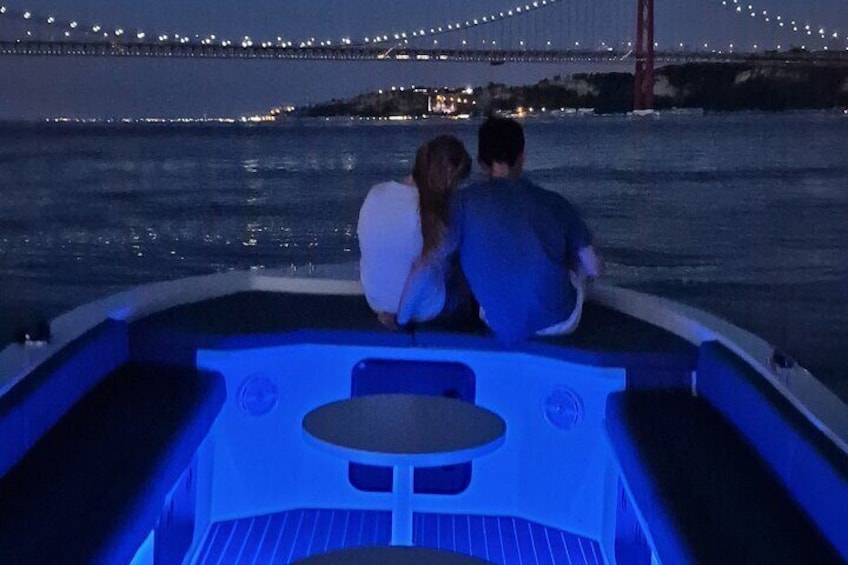
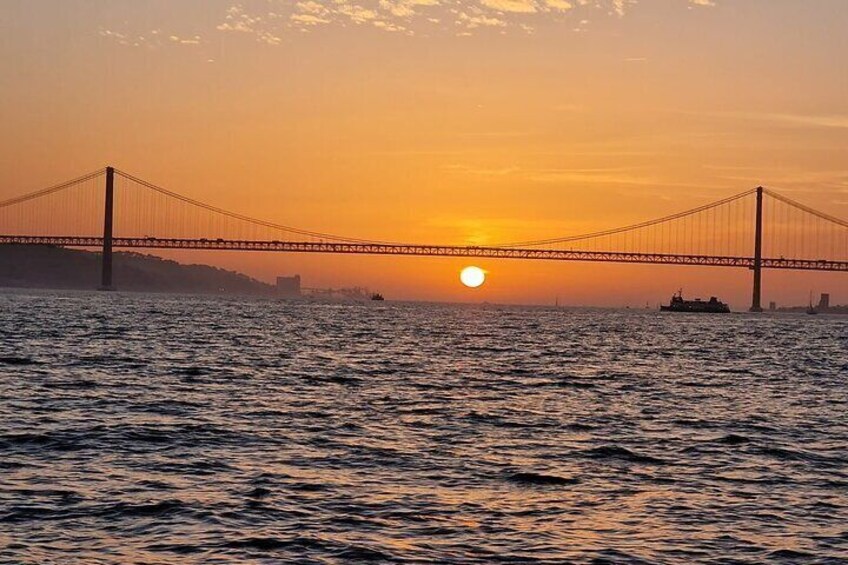
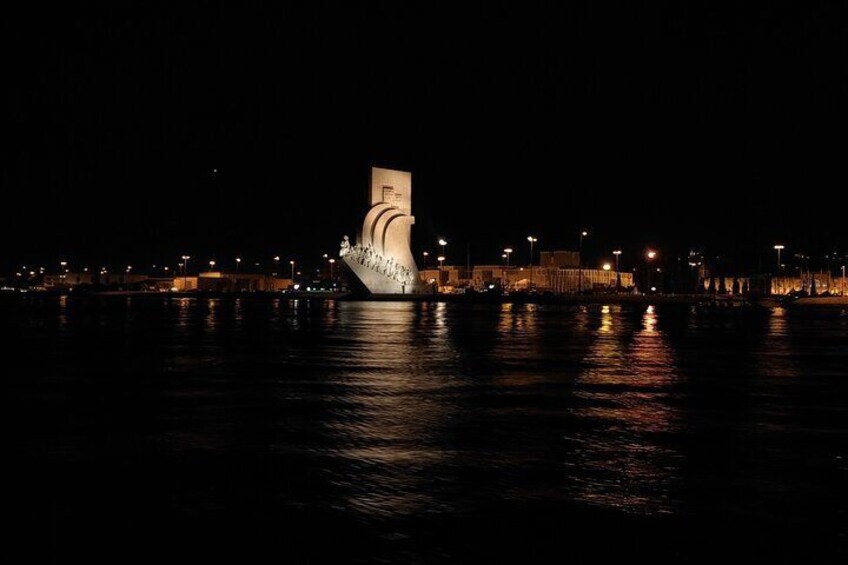
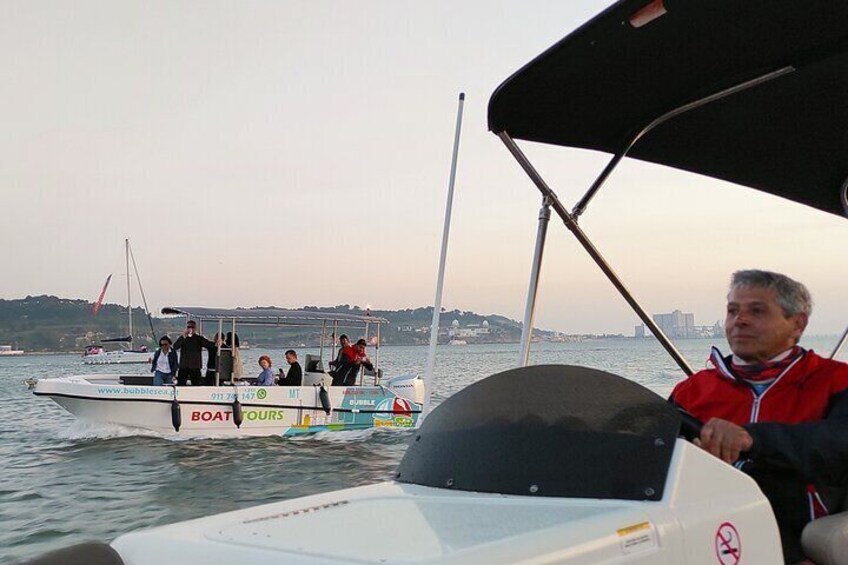
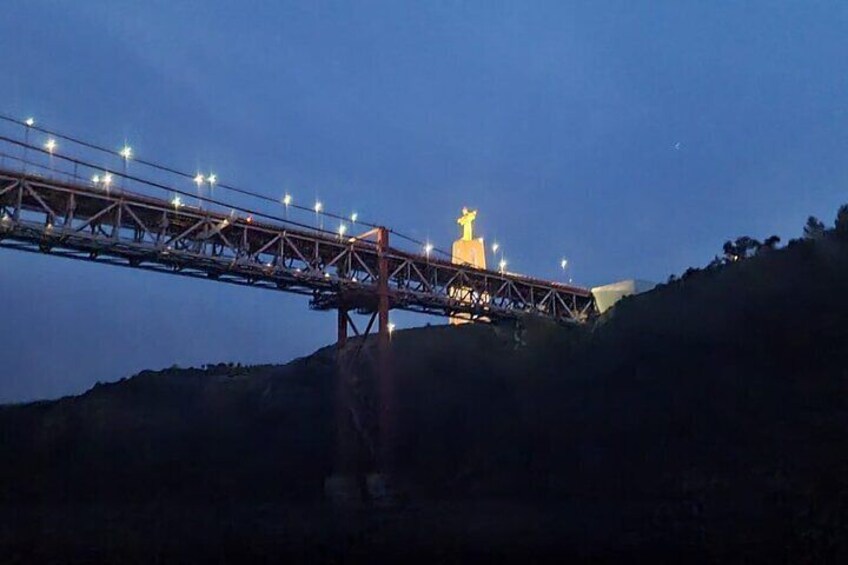
Sunset and Night Cruise with Champagne
10/10
10 out of 10Features
- Free cancellation available
- 2h
- Mobile voucher
- Instant confirmation
- Multiple languages
Overview
Welcome aboard our vessel. come see the sunset and discover one of the wonders of our country. This tour starts at Marina Belém next to the Padrão dos Descobrimentos and we will visit the main monuments of the city of Lisbon is completely different seen from Rio. Our Tours are personalised services.
We visit the main monuments by boat, where you can photograph and contemplate a different view, always with maximum safety and comfort. We offer champagne and water on board. You will return to shore with amazing photos and memories of an unforgettable experience. Fun is guaranteed! People of all ages are welcome! This vessel allows the ride of people in wheelchairs and with reduced mobility!
Certified company CLEAN & SAFE establishment according to Health Measures PORTUGAL
RNAAT Permit No. 190/2020
Activity location
- 25 de Abril Bridge
- Praca 25 de Abril, Almada
- 1950-358, Lisbon, Portugal
Meeting/Redemption Point
- Av. Brasília 1400-038
- 1400-038 Avenida Brasília
- 1400-038, Lisboa, Lisboa, Portugal
Check availability
Sunset and Night Cruise with Champagne
- 2h
- English
What's included, what's not
- Bottled water
- Champagne
Know before you book
- Infants are required to sit on an adult’s lap
- Service animals allowed
- Public transport options are available nearby
- Infants and small children can ride in a pram or stroller
- All areas and surfaces are wheelchair accessible
- Suitable for all physical fitness levels
- Transport options are wheelchair accessible
- Wheelchair accessible
- The remaining time is for travel time and for stopovers to take photos.
Activity itinerary
25 de Abril Bridge
- 5m
Santuario Nacional de Cristo Rei
- 5m
Porto Brandao
Ginjal
Pontal de Cacilhas
- 5m
D. Fernando II e Gloria Frigate
- 5m
Submarine Barracuda
- 5m
Praca do Comercio (Terreiro do Paco)
- 5m
Castelo de S. Jorge
- 5m
Panteao Nacional
Cais do Sodre
MAAT - Museum of Art, Architecture and Technology
MAAT - Museum of Art, Architecture and Technology
Padrao dos Descobrimentos
- 5m
Torre de Belem
- 5m
Largo da Fundação Champalimaud
- 5m
Sacadura Cabral and Gago Coutinho Monument
Location
Activity location
- 25 de Abril Bridge
- Praca 25 de Abril, Almada
- 1950-358, Lisbon, Portugal
Meeting/Redemption Point
- Av. Brasília 1400-038
- 1400-038 Avenida Brasília
- 1400-038, Lisboa, Lisboa, Portugal